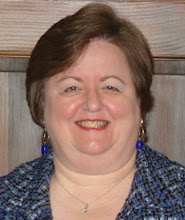Lizzie Bright and the Buckminster Boy
Lizzie Bright and the Buckminster Boy by Gary D. Soto (2004)
Turner Buckminster moves to Phippsburg, Maine with his family in 1912 and immediately detests it! His father is the preacher and Turner is expected to be perfect! Wearing a white shirt with "enough starch in it to mummify two, maybe three, pharaohs..." was not Turner's idea of comfort! But when he meets Lizzie Bright, his life changes drastically. Lizzie's family lives on Malaga Island. The town of Phippsburg is losing ground economically, and would like to generate a tourism business, but they believe the poor black community on nearby Malaga Island would keep tourists away. The townspeople expect the minister and his family to support their plans to force all the residents to move away. Turner is forced to decide what loyalty really means.
The imagery in this book is especially powerful. Throughout the book, the sea breeze is almost another character as the breeze prods Turner to action and sometimes leaves him when he can't react.
It would be interesting to compare the racial tension in this book set in Maine 1912 to the racial tension in a typical Southern town of the same time frame.
Turner is home-schooled for much of the book and compares himself to Aeneas as he reads that book. There are several allusions to the character of Aeneas throughout the book.
I believe this book would make an excellent read-aloud because of the historical background as well as the beautiful language.

